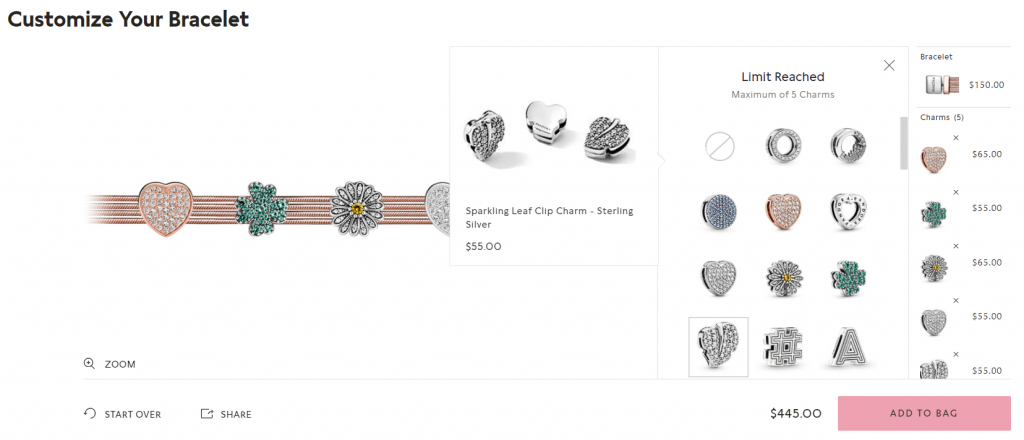
The stay-at-home orders associated with COVID-19 prevented people from shopping in brick and mortar stores for much of 2020. As a result, US retailers saw a 44% jump in ecommerce revenue for 2020 compared to 2019. The prevailing wisdom (as corroborated recently by McKinsey) is that this bump in ecommerce will persist even after COVID-19 is fully under control. Customers who had previously shopped in physical stores are now buying online, and they bring their in-store shopping expectations with them.
In parallel, COVID-19 has decimated a huge number of businesses, especially those historically reliant on in-person interaction such as fashion companies. According to another McKinsey report, a large percentage of fashion executives remain pessimistic about the outlook for the industry in 2021.
The combination of hungry companies and a larger ecommerce pie points to a hypercompetitive ecommerce landscape for the rest of 2021 and beyond. Is your business ready to swim with the sharks?
One key to success will be your brand's ability to offer engaging experiences that deliver value to consumers that demand amazing and personalized online shopping experiences.
How can you give shoppers the exceptional customer experience they desire on your D2C ecommerce site? Here are four things you must get right:
In-store customers expect a tactile interaction with products. They expect to be able to see products from all angles, including up close. Modern 3D technologies like WebGL can provide a similar experience online, allowing customers to rotate and zoom products without constraints. High-quality 3D solutions provide photorealistic visuals quickly and seamlessly on any desktop, tablet, or mobile browser.
Franklin Sports provides a great example of interactive and engaging 3D product visualization and customization experience.

Via Franklin Sports
An online store has the advantage of offering more choices than are available in a physical store. The pinnacle of choice is product customization, where the shopper co-creates the exact product they want with the brand. The consumer is able to select colors, patterns, and materials, and also add selected text or graphics. The Louis Vuitton personalization experience provides a great example of an online product configuration program that gives their shoppers a wide range of choices.

Via Louis Vuitton
Consumers expect a sales associate in a physical store to help them find the right product. Online stores have several options to provide a smooth user experience. Online chat is one; personalized product recommendations are another. An intuitive user experience design offers guidance in an organic way, making it easy for people to find what they want. A mechanism that works particularly well with configurable products is the presentation of example designs to inspire customers to either buy or modify those example designs.
Check out how Hydro Flask inspires their customers with their gallery of pre-customized bottles to use as a starting point.
Via Hydro Flask
Retailers earn the trust of their customers through accuracy and transparency. Realistic product imagery that matches the actual physical product will lead to happy and loyal customers who don’t want to return products. Clearly labeled and intelligible pricing (including upcharges) will make customers feel like they are being treated fairly and honestly.
The Pandora Reflexions Bracelet customizer shown below illustrates both concepts. The total price is clearly shown next to the ADD TO BAG button, and the incremental charge for each charm is shown with the charm itself. No surprises.

Via Pandora
The pandemic brought with it unprecedented challenges and opportunities for retailers. To take advantage of the continued shift to online shopping, your brand needs to find ways to stand out in today's hypercompetitive ecommerce landscape.
In this article, we've outlined four key ways your brand can leverage cutting edge product visualization and customization technology to do just that:
So, what are you waiting for? Jump-start online product personalization for your brand with the right technology. Request a demo today to see ConfigureID’s premium product personalization platform in action.